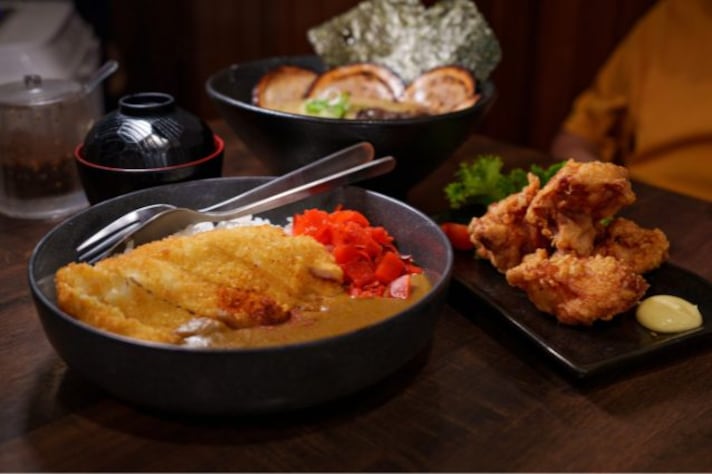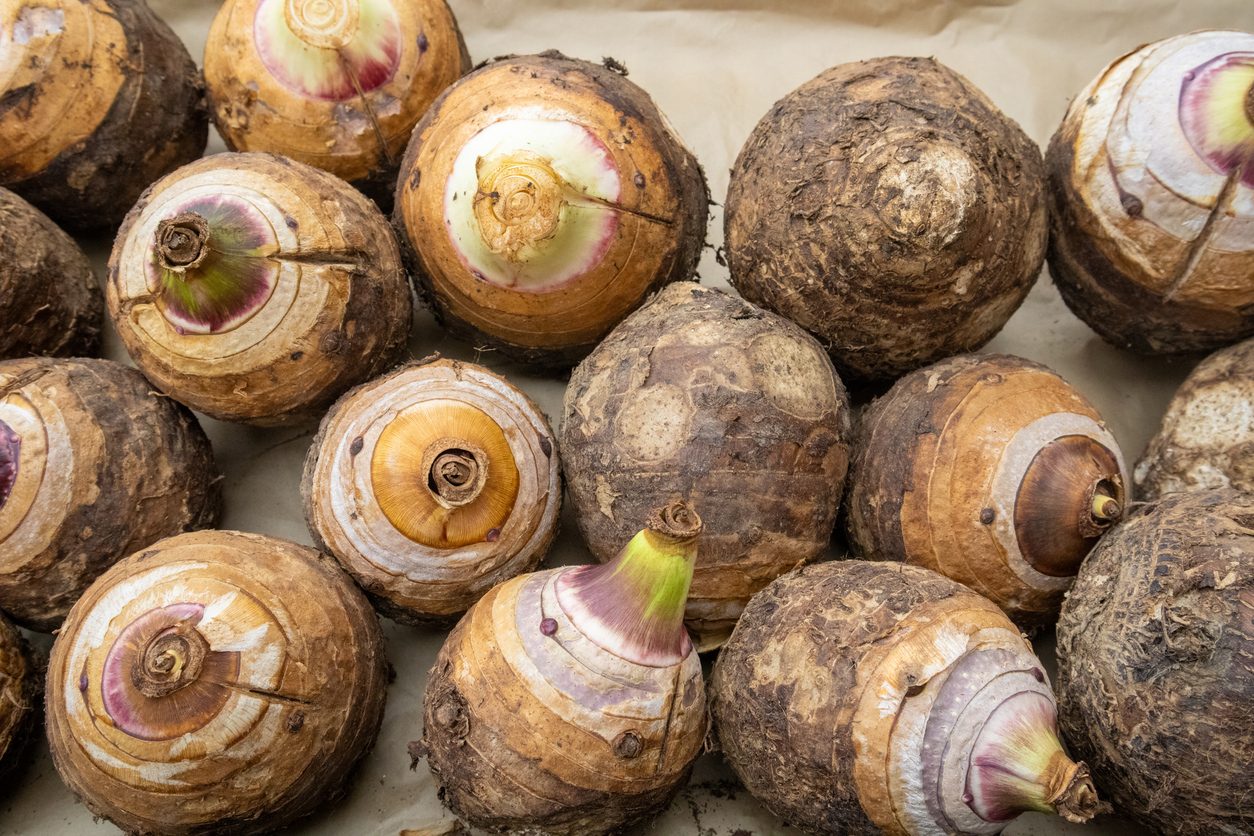Here’s Everything You Need to Know About Curry
Curry, transcending a single definition, is a blend of spices or a sauce-based dish with origins in India. It varies from mild to spicy, with regional versions like India's korma and vindaloo, Thailand's colored curries, and Japan's sweet stew. A global culinary staple, curry embodies a rich tapestry of flavors.

In the realm of global cuisine, the word "curry" surfaces ubiquitously—gracing the aisles of grocery stores, dominating menus, and infiltrating kitchen conversations. But amidst its widespread acclaim, the essence of curry remains enshrouded in mystery. Is curry a singular entity, or does it transcend a one-size-fits-all definition? This culinary exploration seeks to demystify curry, revealing the depth and diversity that lie beneath its common nomenclature.
Defining Curry: More Than Just a Spice
At its core, curry represents a complex symphony of flavors, meticulously woven together through a variety of herbs, spices, and ingredients. Contrary to the notion of being a singular spice, curry can manifest as a spice blend, a sauce-based dish, or even a cooking technique, depending on cultural and regional interpretations. The term "curry" itself is believed to have originated from the Tamil word "kari," meaning sauce or relish for rice. This etymology hints at curry's integral role in complementing and elevating staple grains with its rich flavors.

Origins and Evolution of Curry
Tracing the roots of curry leads us to the Indian subcontinent, where the tradition of blending spices into aromatic mixes has been a culinary staple for millennia. Over time, the concept of curry traveled beyond India's borders, morphing and adapting to local tastes and ingredients, resulting in a rich tapestry of dishes across Asia and beyond. From the thick, coconut-milk-based curries of Thailand to the intricate, spice-laden stews of India, each region has sculpted its own interpretation of curry, making it a global culinary phenomenon.
Curry in Detail: Spice, Soup, or Sauce?
Is curry inherently spicy, or does its essence lie in its flavor complexity? While many curries pack a punch in terms of heat, attributing to spices like chili peppers, others prioritize a harmonious blend of savory, sweet, tangy, and aromatic notes. Essential ingredients often include turmeric, cumin, coriander, ginger, and garlic, with regional variations introducing a plethora of additional spices and herbs. This diversity means that curry can range from a mild, creamy sauce to a fiery, spice-laden concoction, challenging the notion that it is universally spicy.

A World of Curries
Exploring the most common types of curry unveils a world where geography, culture, and culinary tradition intersect. India's repertoire alone boasts a myriad of curries, from the creamy, mild korma to the tangy and spicy vindaloo. Thailand's green, red, and yellow curries offer a spectrum of flavors and heat levels, distinguished by their use of fresh herbs and coconut milk. Japanese curry presents a thicker, sweeter sauce, often accompanying rice or noodles. Each type of curry serves not just as a dish but as a reflection of its cultural identity, used to complement rice, bread, meats, and vegetables, showcasing the versatility of curry in global cuisine.
;Resize,width=767;)
;Resize,width=712;)

;Resize,width=712;)
